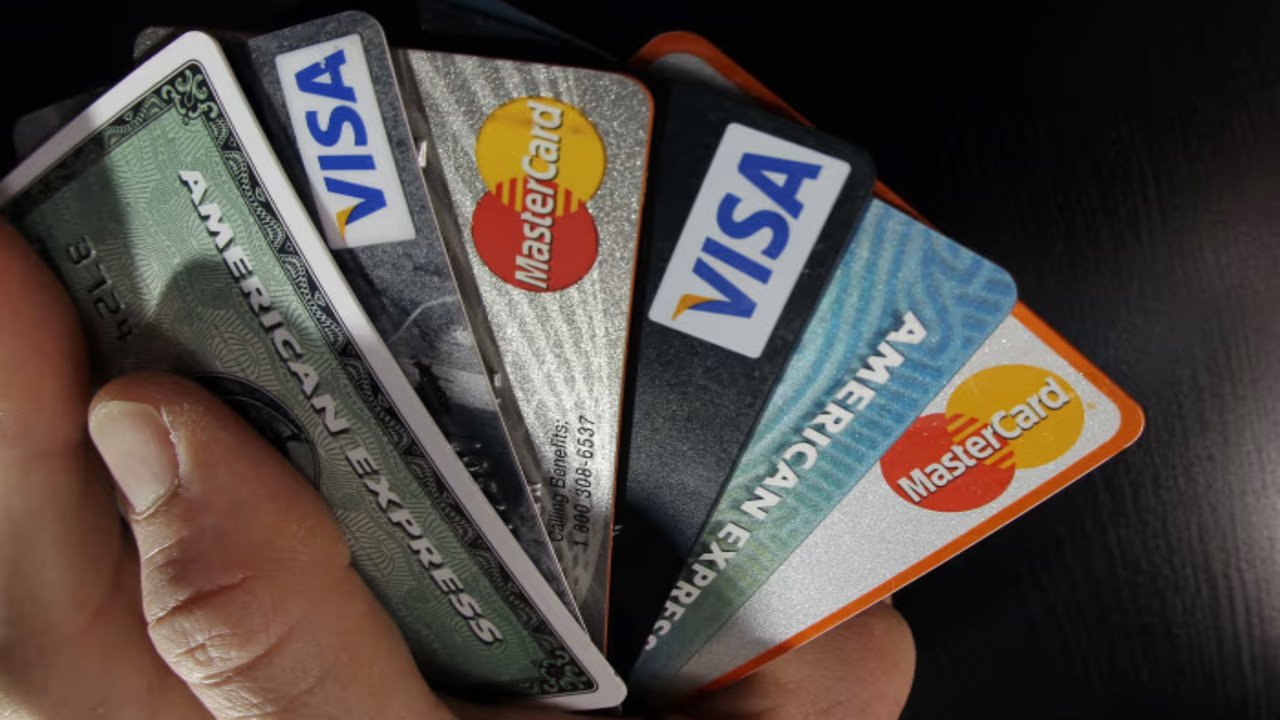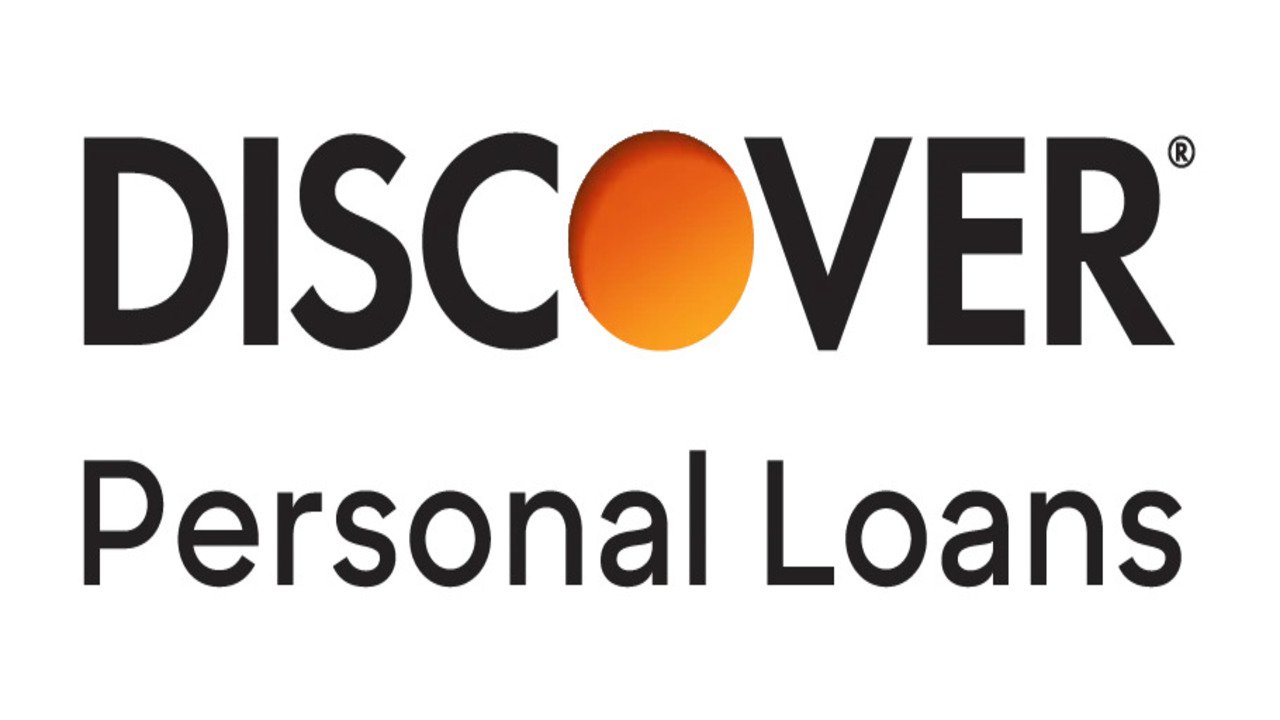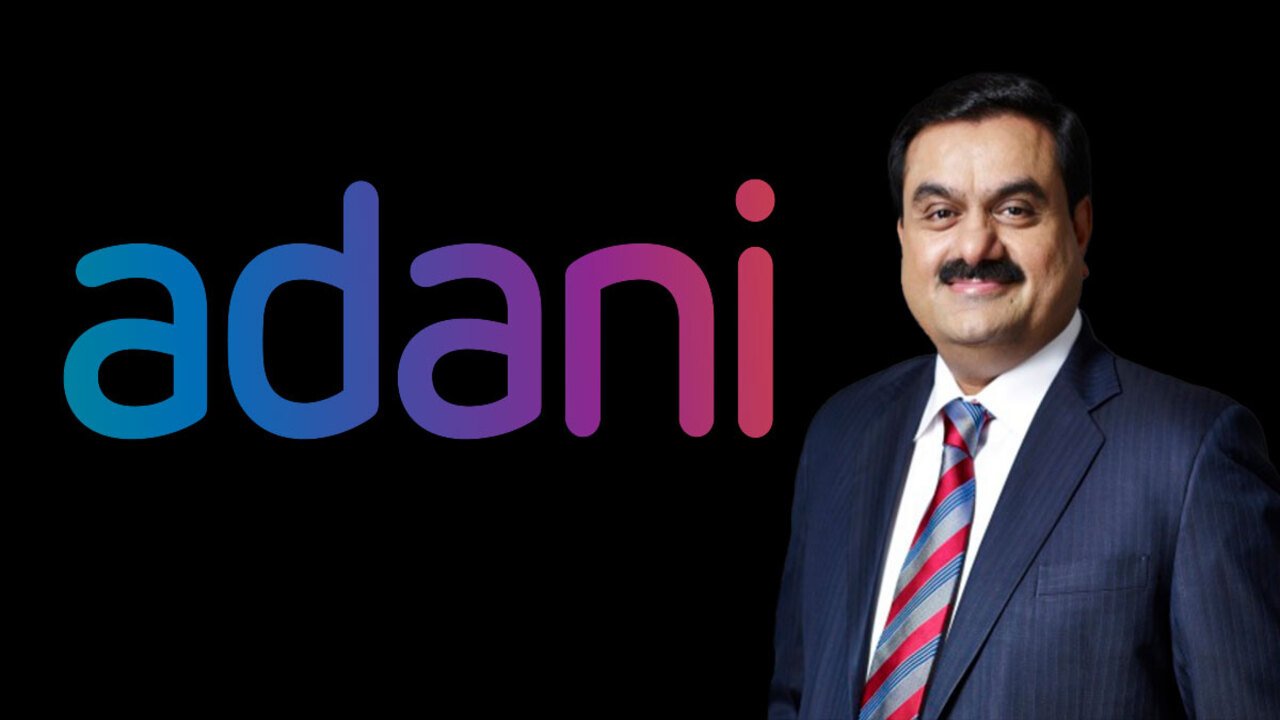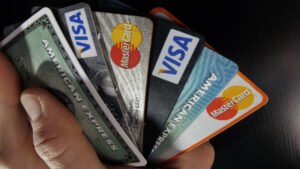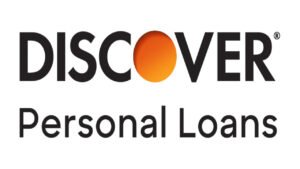Compare Best Credit Cards, Rewards, Cash Back 2025.
Credit cards with rewards and cash back programs have become essential tools for consumers seeking to maximize value from everyday spending. In 2025, the competition among credit card issuers is fiercer than ever, with cards offering generous cash back rates, flexible redemption options, and valuable sign-up bonuses. Whether you’re a frequent traveler, a grocery shopper, or someone who prefers straightforward rewards, choosing the right card can lead to significant savings and perks. This article compares the best credit cards for rewards and cash back in 2025, highlighting their features, benefits, and drawbacks to help you find the perfect fit for your spending habits.
Thank you for reading this post, don't forget to subscribe!Why Choose a Cash Back or Rewards Credit Card?
Cash back and rewards credit cards allow consumers to earn a percentage of their spending back in the form of cash, points, or miles. Cash back cards typically offer a direct monetary return, redeemable as statement credits, bank deposits, or gift cards, making them highly flexible. Rewards cards, which often earn points or miles, cater to those who value travel perks, such as free flights, hotel stays, or premium experiences. The best cards align with your spending patterns—whether it’s dining, groceries, gas, or online shopping—and offer benefits like no annual fees, introductory APRs, or robust welcome bonuses.
To identify the top Credit cards for 2025, we’ve analyzed offerings from major issuers, focusing on reward rates, welcome bonuses, annual fees, and additional perks. The following comparison table summarizes key details, followed by an in-depth look at each card’s strengths and considerations.
Comparison Table: Best Cash Back and Rewards Credit Cards of 2025
| Credit Card | Reward Rate | Welcome Bonus | Annual Fee | APR | Best For | Key Perks |
|---|---|---|---|---|---|---|
| Chase Freedom Flex® | Up to 5% cash back (5% on rotating quarterly categories up to $1,500 when activated, 5% on Chase Travel, 3% on dining and drugstores, 1% on all else) | $200 after spending $500 in first 3 months | $0 | 18.99%–28.49% Variable | Rotating categories, no annual fee | Cell phone protection, travel/purchase protections |
| Wells Fargo Active Cash® Card | 2% cash back on all purchases | $200 after spending $500 in first 3 months | $0 | 19.24%–29.24% Variable | Flat-rate rewards, simplicity | 0% intro APR for 15 months on purchases and balance transfers |
| Citi Double Cash® Card | 2% cash back (1% on purchases, 1% when paid) | $200 after spending $1,500 in first 6 months | $0 | 19.24%–29.24% Variable | Balance transfers, flat-rate rewards | 0% intro APR for 18 months on balance transfers |
| Blue Cash Preferred® Card from American Express | 6% at U.S. supermarkets (up to $6,000/year), 6% on select streaming, 3% on transit/gas, 1% on all else | $250 after spending $3,000 in first 6 months | $0 intro, then $95 | 20.24%–29.24% Variable | Groceries, streaming | Disney Bundle credit, Equinox+ credit |
| Chase Freedom Unlimited® | 5% on Chase Travel, 3% on dining/drugstores, 1.5% on all else | $200 after spending $500 in first 3 months | $0 | 18.99%–28.49% Variable | Everyday spending, travel | 0% intro APR for 15 months, travel protections |
| Discover it® Cash Back | 5% on rotating quarterly categories (up to $1,500 when activated), 1% on all else | Cashback Match™ (doubles first-year earnings) | $0 | 18.24%–27.24% Variable | Rotating categories, first-time cardholders | No foreign transaction fees, free FICO score |
| Capital One Savor Cash Rewards | 8% on Capital One Entertainment, 4% on dining/streaming, 3% on groceries, 1% on all else | $200 after spending $500 in first 3 months | $0 | 19.24%–29.24% Variable | Dining, entertainment | No foreign transaction fees |
Detailed Analysis of Top Credit Cards
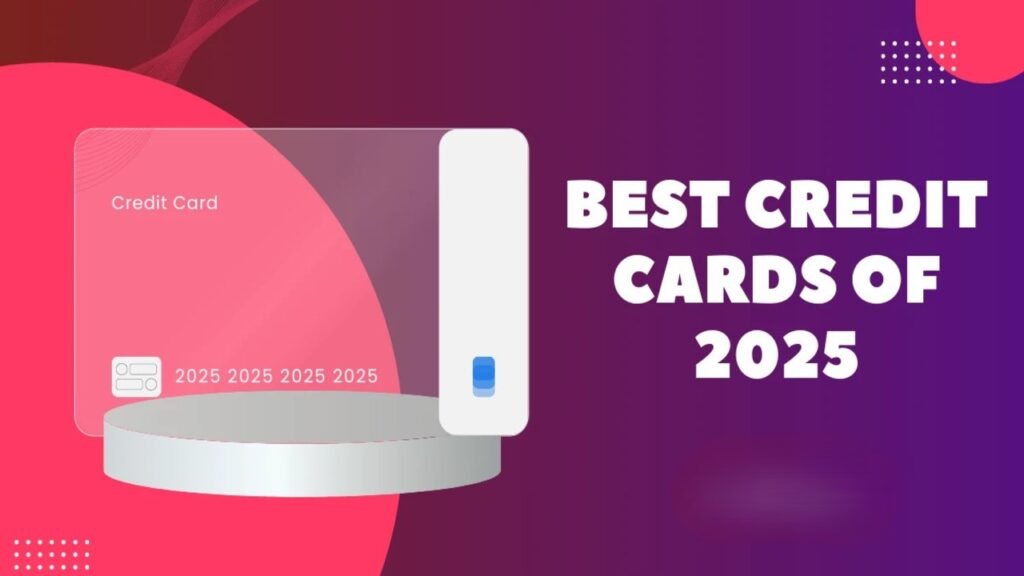
1. Chase Freedom Flex®
- Why It Stands Out: The Chase Freedom Flex® offers a dynamic rewards structure with 5% cash back on rotating quarterly categories (e.g., grocery stores, gas stations) up to $1,500 when activated, plus 5% on Chase Travel, 3% on dining and drugstores, and 1% on other purchases. Its $0 annual fee and $200 welcome bonus make it accessible for most consumers.
- Pros: No annual fee, versatile reward categories, cell phone protection (up to $800/claim), and the ability to pair with premium Chase Credit cards for enhanced travel redemptions.
- Cons: Requires activation for quarterly categories, and the $1,500 cap limits high spenders.
- Best For: Those who can maximize rotating categories and want no annual fee.
2. Wells Fargo Active Cash® Card
- Why It Stands Out: With a flat 2% cash back on all purchases, this card simplifies rewards without requiring category tracking. Its $200 welcome bonus and 0% intro APR for 15 months on purchases and balance transfers make it ideal for budget-conscious users.
- Pros: Unlimited 2% cash back, no annual fee, long intro APR period.
- Cons: No bonus categories for higher rewards, limited travel perks.
- Best For: Simplicity seekers who want consistent rewards without complexity.
3. Citi Double Cash® Card
- Why It Stands Out: Offering 2% cash back (1% on purchases, 1% when paid), this card rewards responsible payment habits. Its 18-month 0% intro APR on balance transfers is one of the longest available, making it a top choice for debt consolidation.
- Pros: No annual fee, strong balance transfer offer, flexible rewards redemption.
- Cons: Requires payment to earn full 2%, no bonus categories.
- Best For: Those paying off debt or seeking straightforward cash back.
4. Blue Cash Preferred® Card from American Express
- Why It Stands Out: This card excels for grocery shoppers, offering 6% cash back at U.S. supermarkets (up to $6,000/year, then 1%) and 6% on select streaming services. The $250 welcome bonus and lifestyle credits (e.g., Disney Bundle) add value.
- Pros: High rewards for groceries and streaming, robust welcome bonus.
- Cons: $95 annual fee after first year, supermarket cap limits rewards for big spenders.
- Best For: Families or individuals with high grocery and streaming expenses.
5. Chase Freedom Unlimited®
- Why It Stands Out: This card offers a solid 1.5% cash back on all purchases, with elevated rates of 5% on Chase Travel and 3% on dining and drugstores. Its $0 annual fee and $200 bonus make it a strong all-around option.
- Pros: No annual fee, flexible rewards, 0% intro APR for 15 months.
- Cons: Lower base rate than flat-rate competitors like Wells Fargo Active Cash.
- Best For: Everyday spending with occasional travel.
6. Discover it® Cash Back
- Why It Stands Out: The Discover it® card mirrors the Chase Freedom Flex with 5% cash back on rotating quarterly categories (up to $1,500 when activated) and 1% on other purchases. Its Cashback Match™ program doubles first-year earnings, making it exceptional for new cardholders.
- Pros: No annual fee, generous first-year bonus, no foreign transaction fees.
- Cons: Requires category activation, limited acceptance internationally.
- Best For: First-time cardholders or those who maximize rotating categories.
7. Capital One Savor Cash Rewards
- Why It Stands Out: Tailored for foodies and entertainment enthusiasts, this Credit cards offers 8% cash back on Capital One Entertainment, 4% on dining and streaming, and 3% on groceries. With no annual fee, it’s a strong contender for lifestyle-focused spenders.
- Pros: High rewards for dining and entertainment, no foreign transaction fees.
- Cons: Lower rewards outside bonus categories, no intro APR.
- Best For: Dining and entertainment enthusiasts.
Key Considerations When Choosing a Card
- Spending Habits: Match the card to your top spending categories. For example, the Blue Cash Preferred excels for groceries, while the Capital One Savor is ideal for dining. If you prefer simplicity, the Wells Fargo Active Cash or Citi Double Cash offers flat-rate rewards.
- Annual Fees: Cards with annual fees, like the Blue Cash Preferred ($95 after first year), must justify their cost through rewards and perks. No-fee cards like the Chase Freedom Unlimited or Discover it® are better for those avoiding extra costs.
- Welcome Bonuses: Bonuses range from $200 (Chase Freedom Flex, Wells Fargo Active Cash) to $250 (Blue Cash Preferred). Ensure you can meet spending requirements to unlock these offers.
- Introductory APR: Cards like the Citi Double Cash (18 months on balance transfers) and Wells Fargo Active Cash (15 months on purchases and transfers) are ideal for financing large purchases or paying down debt.
- Redemption Flexibility: Cash back cards typically allow redemptions as statement credits, deposits, or gift cards. Cards like Chase Freedom Flex and Unlimited offer travel redemption options through Chase Travel, increasing value when paired with premium Chase cards.
- Credit Score Requirements: Most of these cards require a good to excellent credit score (670–850). If your score is lower, consider cards like the Capital One QuicksilverOne for average credit.
Trends in 2025 Credit Cards
In 2025, Credit cards issuers are focusing on digital integration and lifestyle perks. Mobile apps now offer real-time spending tracking, personalized offers, and instant reward redemptions. Sustainability is also a growing theme, with some issuers introducing eco-friendly cards and carbon offset programs. Additionally, competition for welcome bonuses has intensified, with cards like the Chase Sapphire Preferred (not in the table but notable for travel rewards) offering up to 75,000 points.
Frequently Asked Questions
1. What is a credit card and how does it work?
A Credit cards allows you to borrow money up to a set limit to make purchases or withdraw cash. You repay it later, usually with interest if not paid in full monthly.
2. How do I choose the best credit card?
Choose a credit card based on your spending habits, credit score, and needs—such as rewards, cash back, low interest, or balance transfers.
3. Will applying for a credit card affect my credit score?
Yes, applying for a Credit cards triggers a hard inquiry, which may slightly lower your credit score temporarily.
4. What is the minimum payment on a credit card?
The minimum payment is the smallest amount you must pay by the due date to avoid late fees and keep the account in good standing.
5. What happens if I miss a credit card payment?
Missing a payment can result in late fees, increased interest rates, and negative impact on your credit score.
